Optimization of Chromatographic Selectivity —— A Guide to Method Development
----- 色谱选择性的优化:方法发展的指南
This is the first detailed description of method development in chromatography - the overall process of which may be summarized as: method selection, phase selection, selectivity optimization, and system optimization. All four aspects receive attention in this book.Chapter 1 gives a short introduction, describes chromatographic theory and nomenclature, and outlines the method development process. Chapter 2 describes guidelines for method selection, and quantitative concepts for characterizing and classifying chromatographic phases. Selective separation methods, from both gas and liquid chromatography are given in Chapter 3; the main parameters of each method are identified and simple, quantitative relations are sought to describe their effects. Criteria by which to judge the quality of separation are discussed in Chapter 4 with clear recommendations for different situations. The specific problems involved in the optimization of chromatographic selectivity are explained in Chapter 5. Optimization procedures, illustrated by examples, are extensively described and compared on the basis of a number of criteria. Suggestions are made both for the application of different procedures and for further research. The optimization of programmed analysis receives special attention in Chapter 6, and the last chapter summarizes the optimization of the chromatographic system, including the optimization of the efficiency, sensitivity and instrumentation.Those involved in developing chromatographic methods or wishing to improve existing methods will value the detailed, structured way in which the subject is presented. Because optimization procedures and criteria are described as elements of a complete optimization package, the book will help the reader to understand, evaluate and select current and future commercial systems.
{{comment.content}}
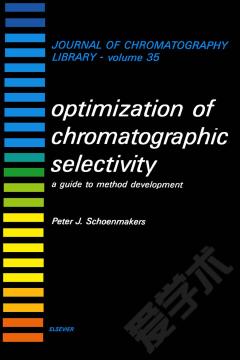
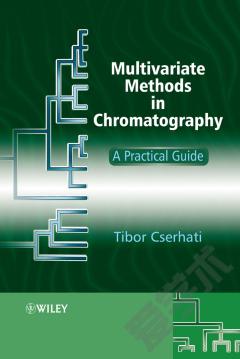


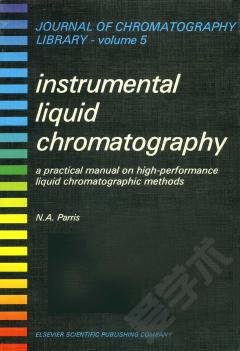
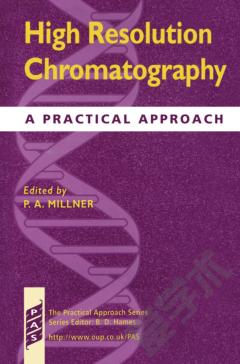
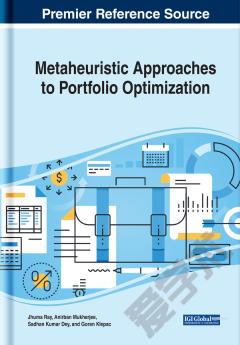

 京公网安备 11010802027623号
京公网安备 11010802027623号